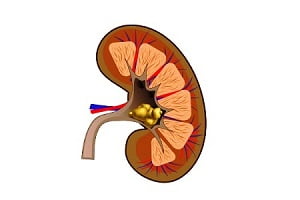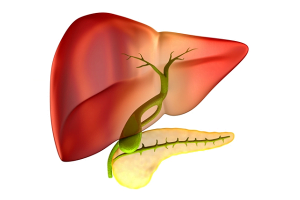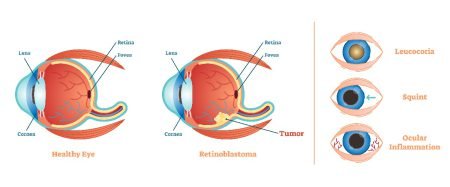Innovations in treatment and diagnosis of achalasia
In most cases, the exact cause leading to achalasia is unknown. Achalasia is an uncommon condition which might be a result of mutations in the genes, heredity, any autoimmune condition or it can be a result of some nerve cell disorders. It leads to abnormal peristalsis (wave of muscle contractions) and failure of relaxation of the lower esophageal sphincter (LES).
Treatment of achalasia might include oral medication to prevent narrowing of the esophagus, pneumatic balloon dilation, or botulinum toxin injections. These treatments help to relax the muscles at the end of the esophagus. With years passing by, open surgical procedures are being replaced by minimally invasive approaches and newly improved inventions are gaining importance.
Improvements in treating and diagnosing achalasia
Diagnosis of achalasia can be tricky as its symptoms are similar to the symptoms of indigestion, gastroesophageal reflux disease (GERD). Some of the recent innovations in early diagnosing and treating the condition are listed herein.
EndoFLIP
EndoFLIP (endolumenal functional lumen imaging probe) is a valuable device for the evaluation and treatment of achalasia. It helps to provide a dynamic assessment of distensibility of the esophagogastric junction (EGJ) in case of achalasia. EndoFLIP has the capability to replace traditional diagnostic tests, such as high-resolution esophageal manometry and barium esophagram.
In an EndoFLIP device, a thin catheter is mounted with a balloon and is inserted through the mouth during endoscopy. Software attached to the endoscope helps to calculate the pressure in the balloon. EndoFLIP is regarded as an important tool for the diagnosis of achalasia, before and after the treatment. This device is often used during peroral endoscopic myotomy (POEM).
Per-oral endoscopic myotomy (POEM)
Per-oral endoscopic myotomy is an innovative endoscopic technique for the treatment and management of achalasia.
During the procedure, a long flexible tube (endoscope) is made to pass through the mouth and into the esophagus to visualize the inner surfaces of the esophagus and stomach. A small blade is passed through the endoscopic channel to cut the inner lining of the esophagus which reduces the tightness in the lower esophageal sphincter. This allows food to pass easily through the esophagus into the stomach.
As POEM is performed perorally (or through the throat) without any cuts in the chest or abdomen. It is regarded as a form of “scarless” abdominal endoscopic operation or natural orifice transluminal endoscopic surgery (NOTES). In various studies, POEM was found to give better results compared to a laparoscopic Heller myotomy.
Multichannel esophageal impedance
Multichannel intraluminal impedance with esophageal manometry (MII-EM) is a technology used to measure esophageal function by providing information about pressure and bolus transit within the esophagus. Multichannel intraluminal impedance technique is used for evaluating the esophageal function and gastroesophageal reflux. High-resolution manometry (HRM), used in this technique, is a more reliable way to evaluate esophageal motility disorders such as dysphagia, achalasia, etc with the help of esophageal pressure topography (EPT) plots.
Multichannel esophageal impedance is a technique which allows assessment of bolus movement along the length of the esophagus (while swallowing or during the reflux of food). It is known to be a promising and clinically important tool to determine gastroesophageal reflux and achalasia. This technique is recommended by doctors as it can replace diagnosis through barium esophagogram which in turn reduces the possibility of exposure to harmful radiations.






